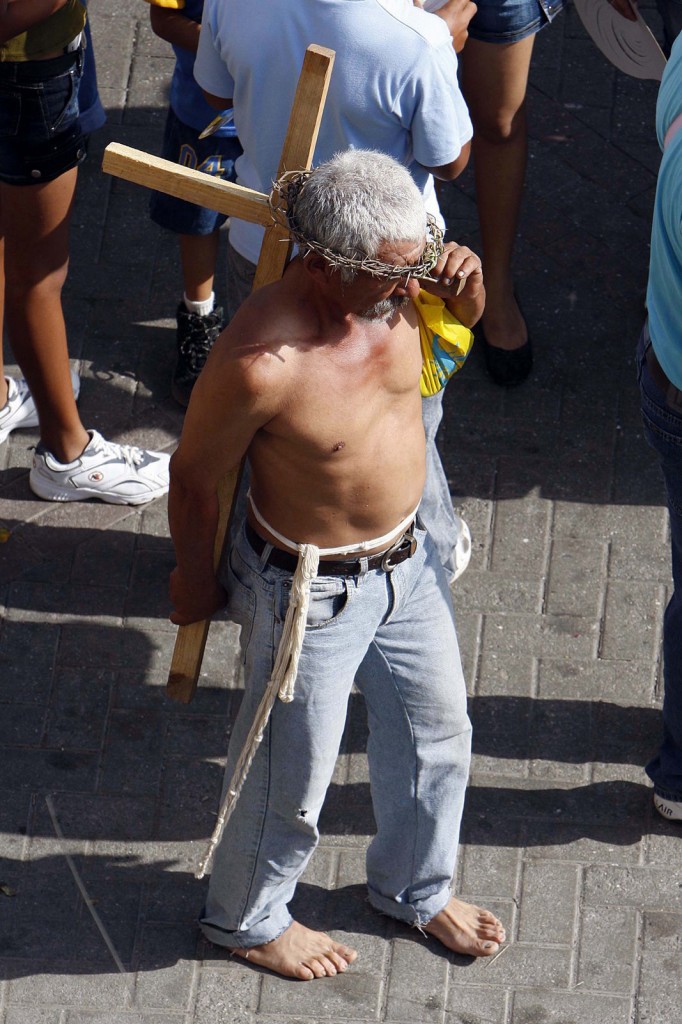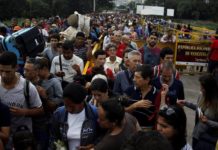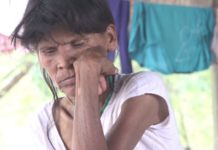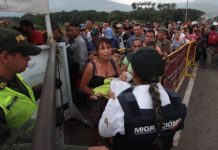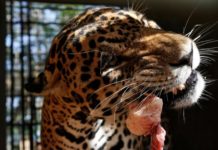Venezuela: The Feast of the Divine Shepherdess
Every January 14, the Catholic culture of Spanish origins in Venezuela celebrates the feast of the Divina Pastora (Divine Shepherdess), one of the names by which Mary, the mother of Jesus, is known. This celebration reaches its most important point in the city of Barquisimeto, in the state of Lara, located in the northwest of the country. During these days, many Venezuelan bloggers remembered and shared the origins of the tradition and the stories that turned it into an important cultural celebration. At the same time, social media sites like Twitter and Facebook were filled with pictures and blessings, but the political discussion that is present in the daily life of the country could not be set aside.
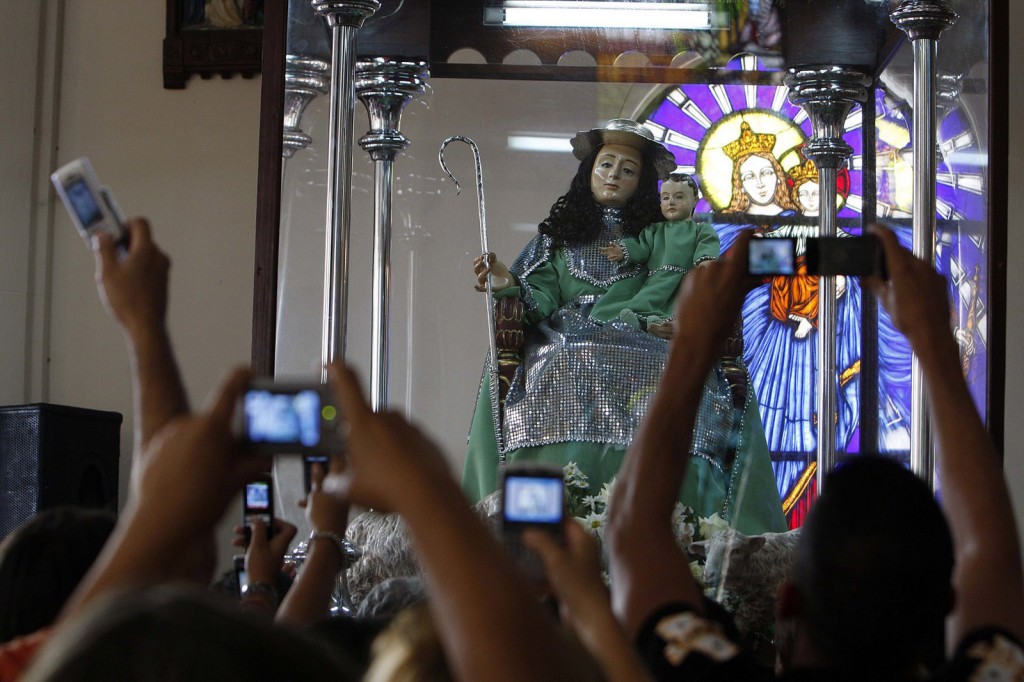 Every January 14, 1.5 million believers gather to venerate the Divine Shepherdess in one of the largest processions in Venezuela. Photo by Joaquín Ferrer by Demotix under copyright.
Every January 14, 1.5 million believers gather to venerate the Divine Shepherdess in one of the largest processions in Venezuela. Photo by Joaquín Ferrer by Demotix under copyright.
According to Wikipedia [es]:
The blog Simplemente Venezuela [es] (Simply Venezuela) describes the origins of the Venezuelan tradition:
Profeballa in the blog Venezuela y su historia [es] (Venezuela and its history) tells us how the Lady’s miraculous attributions became stronger in 1856 during a cholera outbreak in the city.
Joaquín, in Venezuela de Antaño [es] (Venezuela of old) tells us a little about the dynamics of the celebration:
Source: globalvoices.org




